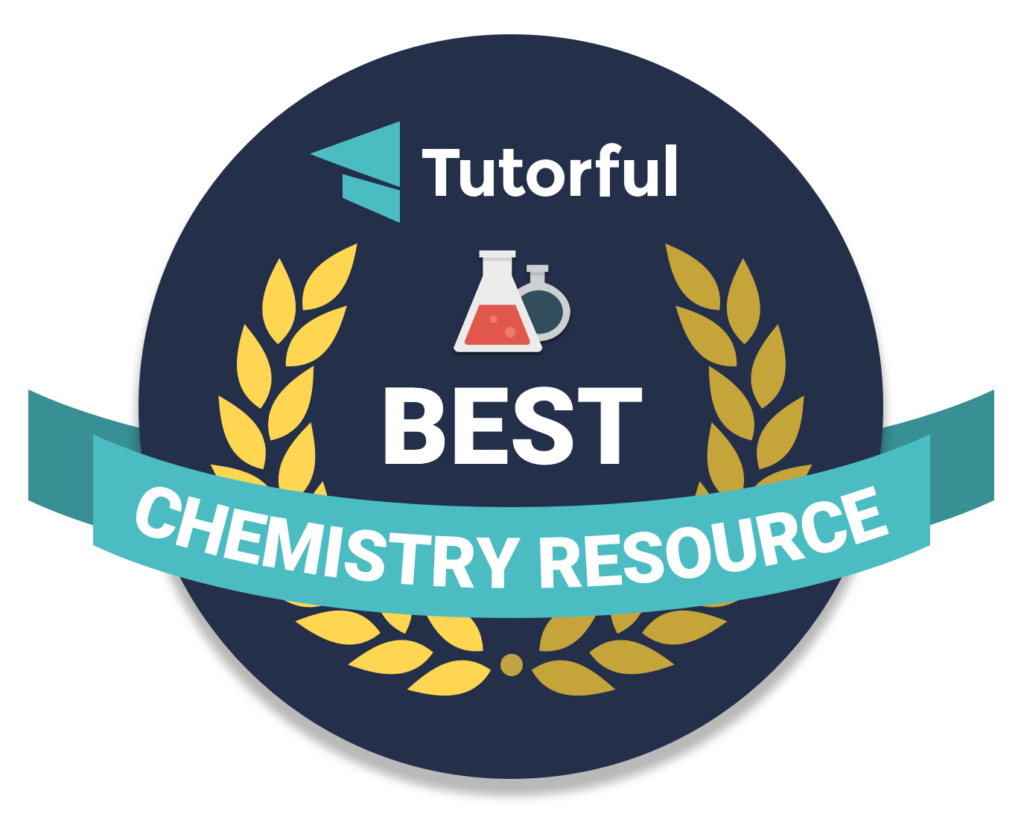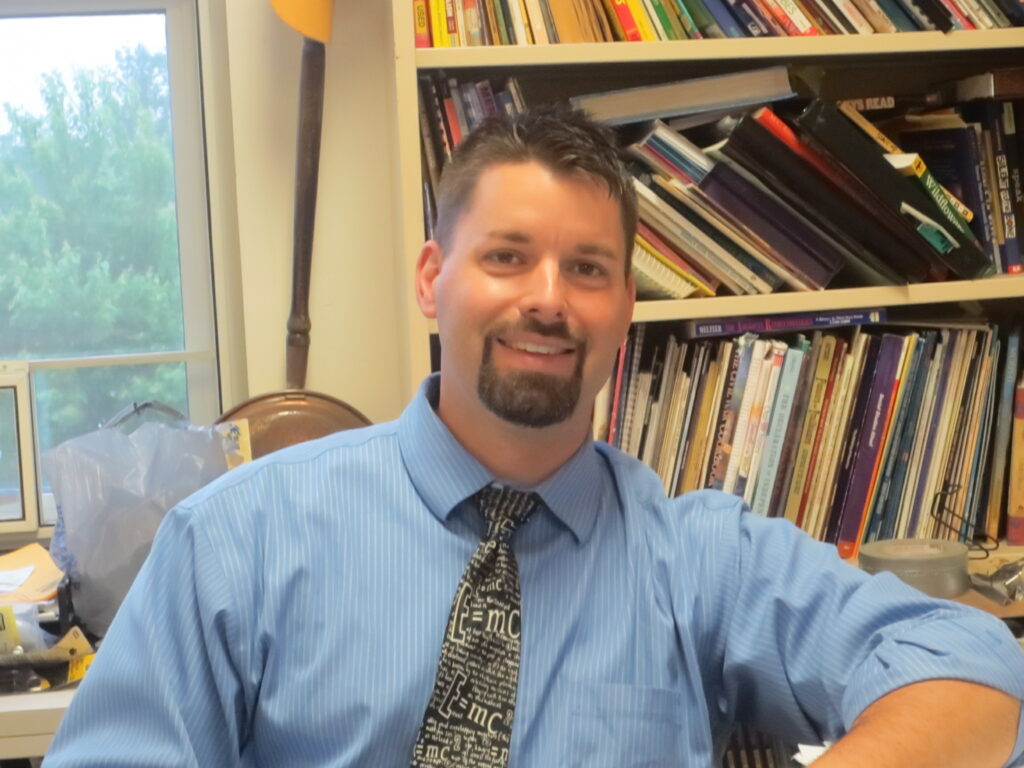
By Jared Hottenstein
First, the Story
Lizzie was in my fifth grade class about fifteen years ago. She was a solid student academically, but her biggest struggle in life was her retainer. Mom and Dad had invested a lot of money in that molded plastic-and-wire mouth guard. Lizzie’s mom even emailed me to ask if I would make sure Lizzie was wearing her retainer throughout the day. Apparently this little oral apparatus cost more than my car… which would explain why Lizzie’s mom was so upset when she lost it.
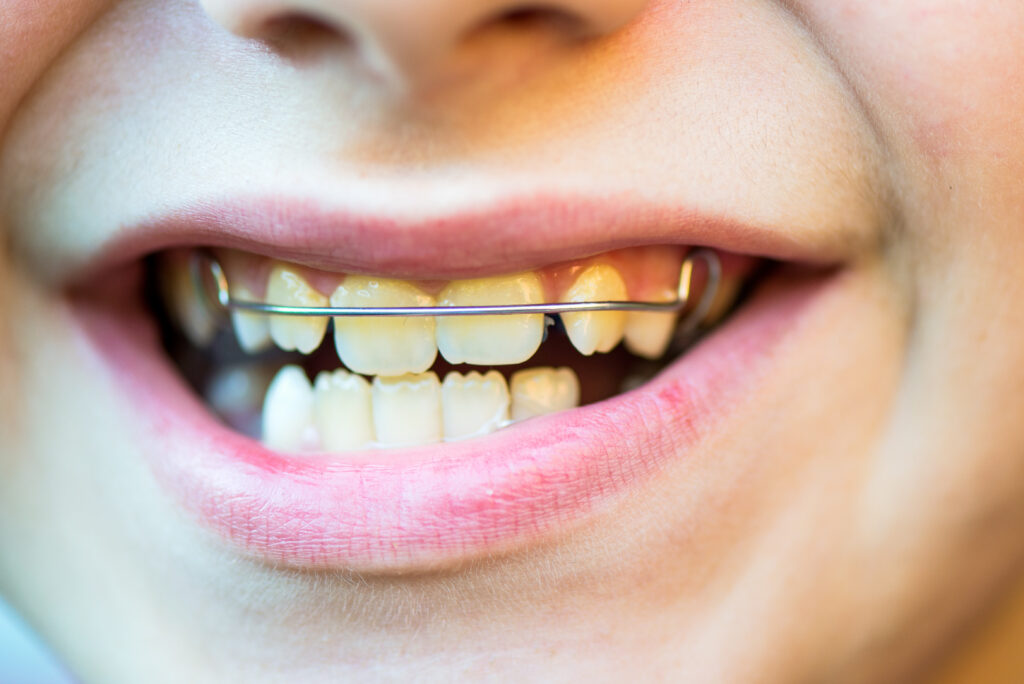
After retracing her steps, Lizzie figured out that she pulled her retainer out before eating lunch wrapped it in a napkin and set it on her tray. In her rush to get outside for recess, she forgot about her retainer and threw it away. Lizzie’s mom did the only logical thing any parent would do: she marched Lizzie to the car and headed back to school. It didn’t take them long to find the correct dumpster.
I’m not sure if it was anger or adrenaline that got them both inside that dumpster. After an hour of searching, they did not find Lizzie’s retainer. I know all of this because Lizzie’s mom emailed me a three-page email recapping their adventure. About three paragraphs in, the theme of her email shifted from Lizzie’s retainer to the shocking amount of wasted food that was thrown in the dumpster. Lizzie’s mom wanted to know what I was going to do about it.
The Science
What was I going to do about it? My first thought was to wonder how this was my problem. The more I thought about it, I realized this wasn’t a problem. It was an opportunity. This was my chance to show kids that science has the power to answer questions, tackle challenges, and solve problems. What if I tapped into our fifth grade unit on Nature’s Recyclers and urged my students to design a school-wide composting program? The entire fifth grade could run our composting program each year. My students could push into every classroom in the school and teach them about nature’s recyclers and our composting program.
Where to Start
I wanted my kids to see the waste that Lizzie and her mom saw. My students needed to figure out how much of our trash really is garbage. First, we watched a few videos on recycling and composting. Then I grabbed a few bags of trash from the cafeteria. After we used a digital scale to weigh the bags, we headed outside. We spread out a big tarp, gloved up, and dumped the trash bags. I challenged the kids to sort the trash into piles that could be reused, recycled, composted, and thrown away. It was amazing to see how much trash could have been recycled. When we were done, we weighed the piles to get an exact measurement of how much waste we generated at our school. From there, the science took over.
The Composting Work Begins
We worked our way through a few hands-on science labs that challenged students to wrangle live earthworms and red wigglers, dissect mushrooms and make spore prints, create some fruit and veggie kabobs so they could chronicle how bacteria and mold break down organic materials. Lots of research supported our observations and experiments.
By the end, my students were experts in composting and recycling. We used our knowledge to design a lunchtime worm composting program for our entire school. The entire fifth grade would be in charge of collecting fruit and veggie scraps in the cafeteria, which they would then transport to our worm bins.
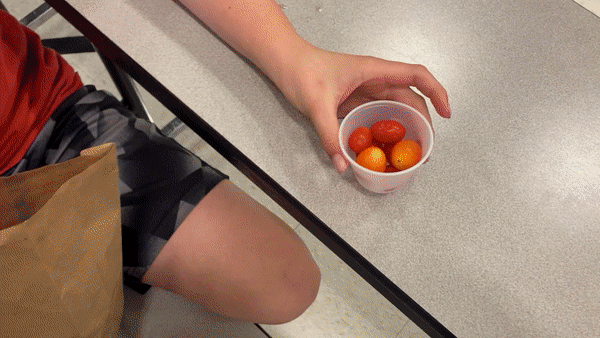
I was able to get a local grant that enabled us to purchase two outdoor worm boxes. While my students collected and transported scraps, I used the designs of the existing worm boxes to build a few more boxes much more cheaply. It didn’t take me long to build a fleet of worm bins that we lovingly called our “Composting Condominiums.”
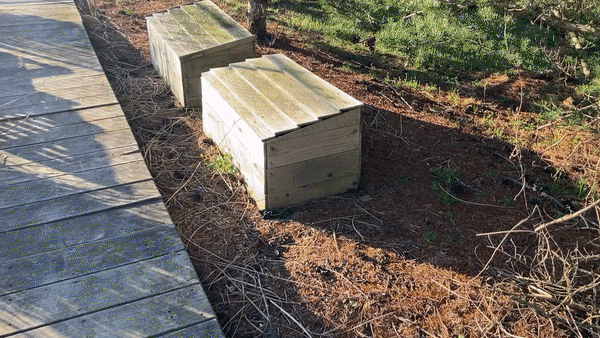
My students formed small groups and visited different classrooms to explain our program. They were the experts who answered questions and explained the details. It took us two weeks to launch the program. I was blown away by how much knowledge and responsibility my students showed!
The Work Continues
Each year, the next group of fifth graders retrains the school and restocks our worm boxes. It’s turned into a rite of passage. Kids look forward to becoming a fifth grader, working with worms, and getting their chance to run our school compost program. Some kids really get into it and create composting commercials that we run during our morning announcements.
Composting Mistakes & Improvements
We definitely ran into some obstacles along the way. We weren’t covering our fruit and veggie scraps at first. It wasn’t long before insects, rodents, and an unappetizing odor took up residence among our worm compost bins. We realized that we could shred all the wasted scrap paper in our school to mix with straw and cover the scraps. This effectively fixed our insect, rodent, and aroma problem.
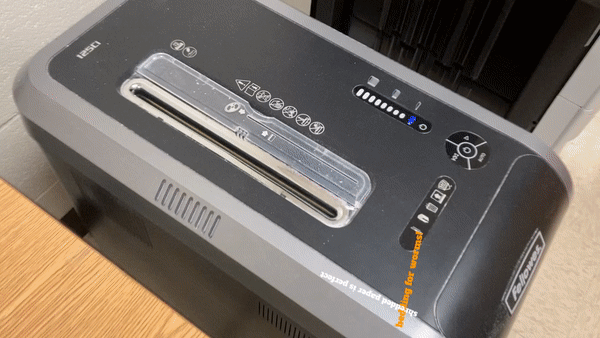
Winter brought on another set of challenges. We quickly realized that we (and our worms) would need to “hibernate” in the cold Pennsylvania winter. It gave students a break for a few months and kept our student composters from burning out. All in all, it took us a few years to get our composting program running smoothly.
Get Your Brag On and Get Started!
Taking our science composting program school wide was so successful that we realized we had to advertise our efforts more broadly in our community. It was a great chance to highlight and celebrate science and our students. We even had a news program do a story on our composting and recycling programs! Further, our efforts inspired our local high school to start their own composting program. Who would have ever thought that a lost retainer would have sparked such a powerful science experiment?
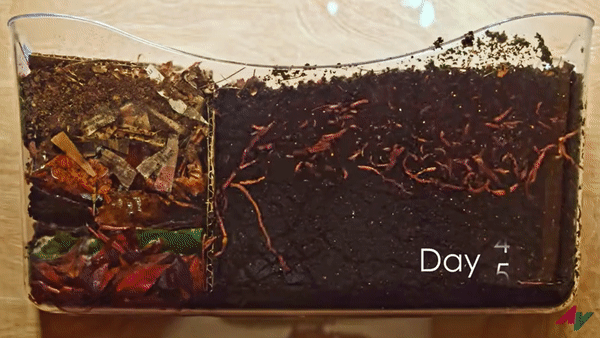
Look through your science curriculum. Are there any opportunities to celebrate science? You don’t have to start big. Educational Innovations has a wide variety of environmental kits to help you get started bringing science to life for your students… Break your kids into groups and give them a kit. Maybe the kit can spark ideas for your students to bring science to the whole school.
How the Story Ends
It’s a tradition of mine to attend high school graduation each year. I send a letter to each kid I had in fifth grade letting them know I’ll be there. Of course I was there for Lizzie’s graduation. I found Lizzie and her family on the field after the ceremony. Lizzie’s mom smiled and asked if I remembered the story of Lizzie’s lost retainer. I was able to explain that Lizzie’s lost retainer gave me the idea for one of the coolest projects I’ve ever done with my students. And that’s the power of science.

